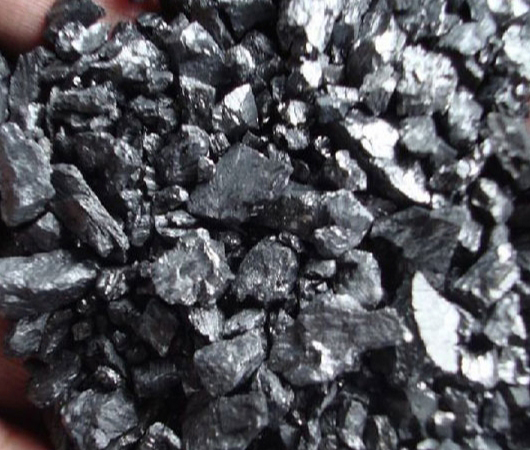
If a carbon-black is appropriate or not for a specific rubber compound, it depends on fundamental characteristics such as its porosity and particle size. A carbon black’s ability to easily dissolve in a matrix of rubber is another important factor. Carbon black's physical form, whether it is in the form of beads or powder, can have an impact on the handling and mixing properties.
Hard coal is also called anthracite. It's a compact, hard variety of coal with a metallic, dark lustre. Anthracite is the top-ranking coal. It has the highest amount of carbon and energy, as well as the lowest level of impurities. This coal burns cleanly, with very little smoke.
Anthracite can be used as a raw material to manufacture carbon black. However, it is most popular due to the availability of anthracite and its long-term reliability. Anthracite, which is produced by different manufacturers, can either be made from carbonized wood or coal. Thermally treated anthracite can also be used for the production of carbon black. It is heated and pressed in a retort to high temperatures and pressures.
The process of producing carbon black using anthracite has been proven to be cost-effective in certain applications. The technology may reduce or eliminate coke as a raw material for producing carbon blacks in rubber compounds. Benefits of the technology include reduced energy, emissions and environmental impact, increased yield, an improved product and the ability to discharge zero wastewater.

Carbon black's structural level determines important rubber properties such as modulus (elasticity), hardness, and electrical conductivity. The shape distribution of a black carbon is a function its activation and heat history, which are determined through electron microscope (EM) analysis or oil absorbance (OAN). Also, the amount and type of pore structure on its surface or internal composition can affect this. The surface chemistry of carbon blacks can be further characterised by using XPS.
The activation of a large area of the carbon-black surface's amorphous layer resulted in pores being formed. Pores formed on the surface of the carbon-black resulting from the LDCC & MDCC regions were also created at the edges and corners of the graphite crystalline portions. Pore volume fraction and asymmetry became more evident as the carbon was activated. As in previous studies, carbon black with an amorphous top surface became more porous after further activation.

Write a Message